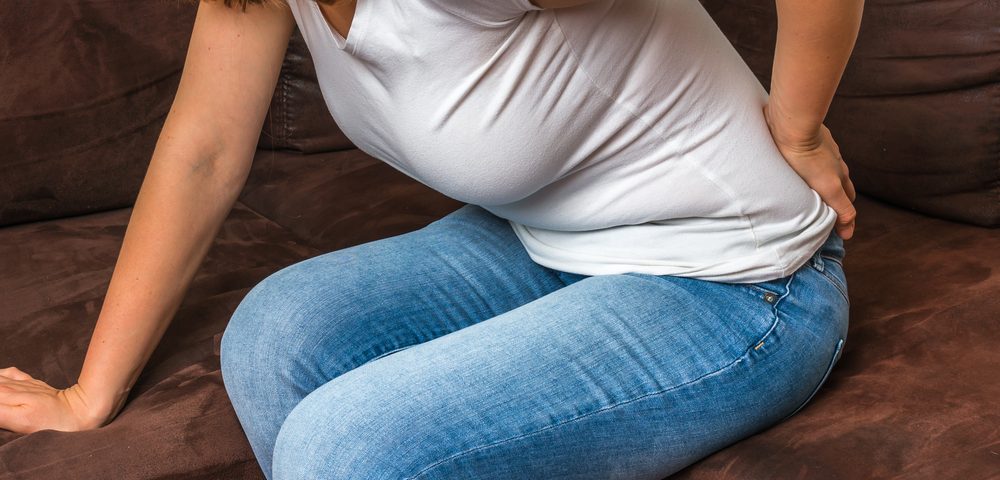More time spent in leisure, household and work activities was related to higher age, spinal range of motion and lower functional mobility in women with fibromyalgia.
The study, “The influence of balance, physical disability, strength, mechanosensitivity and spinal mobility on physical activity at home, work and leisure time in women with fibromyalgia,” was published in the journal Clinical Biomechanics.
The most common symptoms of fibromyalgia include lower back pain, headaches, arthritis, muscle spasms and balance impairment. Postural control and spinal mobility are also affected in fibromyalgia, leading to a greater risk and frequency of falls. This can affect patients’ independence and their ability to carry out activities of daily life.
It is known that patients with fibromyalgia show higher levels of sedentary lifestyle, compromised muscle strength and reduced ability to carry out daily, work, and leisure activities, probably because of higher levels of inactivity.
“In general, the knowledge of diary level of physical activity in women with FMS remains uncertain. To the best of our knowledge, the impact of FMS symptoms and health-function parameters on the physical activity in leisure and domestic tasks has not been studied yet,” the researchers said.
Here, the scientists investigated whether balance, strength, spinal mobility, and mechanosensitivity (the specific response to mechanical stimulation) influence physical activity in women with fibromyalgia.
Thirty-four patients with fibromyalgia and 22 matched controls were included in the cross-sectional study.
Researchers recorded each patient’s dynamic and static balance, general and daily activities disability, lumbosacral (small of the back and the back part of the pelvis between the hips) mechanosensitivity, spinal range of motion, lower limb strength, and physical activity in leisure, household, and work activities.
As expected, results indicated that women with fibromyalgia demonstrated impaired balance, strength, and mechanosensitivity.
Furthermore, patients with fibromyalgia had higher disability and activity dependence compared to controls.
In this group of patients, leisure physical activity was associated with higher age, spinal flexion (forward bending), spinal extension (backward bending of the spine) and the total range of spinal inclination.
In fact, 58% of the variance of leisure-time physical activity was explained by age and range of spinal flexion-extension.
“It appeared that the greater the spinal inclination, the more time the group of individuals with [fibromyalgia] spend on leisure activities, probably because of the increase of the mobility necessary to carry them out,” the authors wrote.
In addition, “the combination of this gradual decrease in skills and the drop in family and work-related tasks may cause these people to get involved more time in leisure activities. Moreover, usually the older people have more free time to participate in these type of activities,” they wrote.
Similarly, functional mobility was associated with physical activity at home and work scores —explaining 21% of its variance.
“A higher time spent in leisure, household and work activities was related to higher age, spinal range of motion and lower functional mobility in women with fibromyalgia. Rehabilitation intervention programs should promote physical activity at home, work, and leisure time,” the authors concluded.

